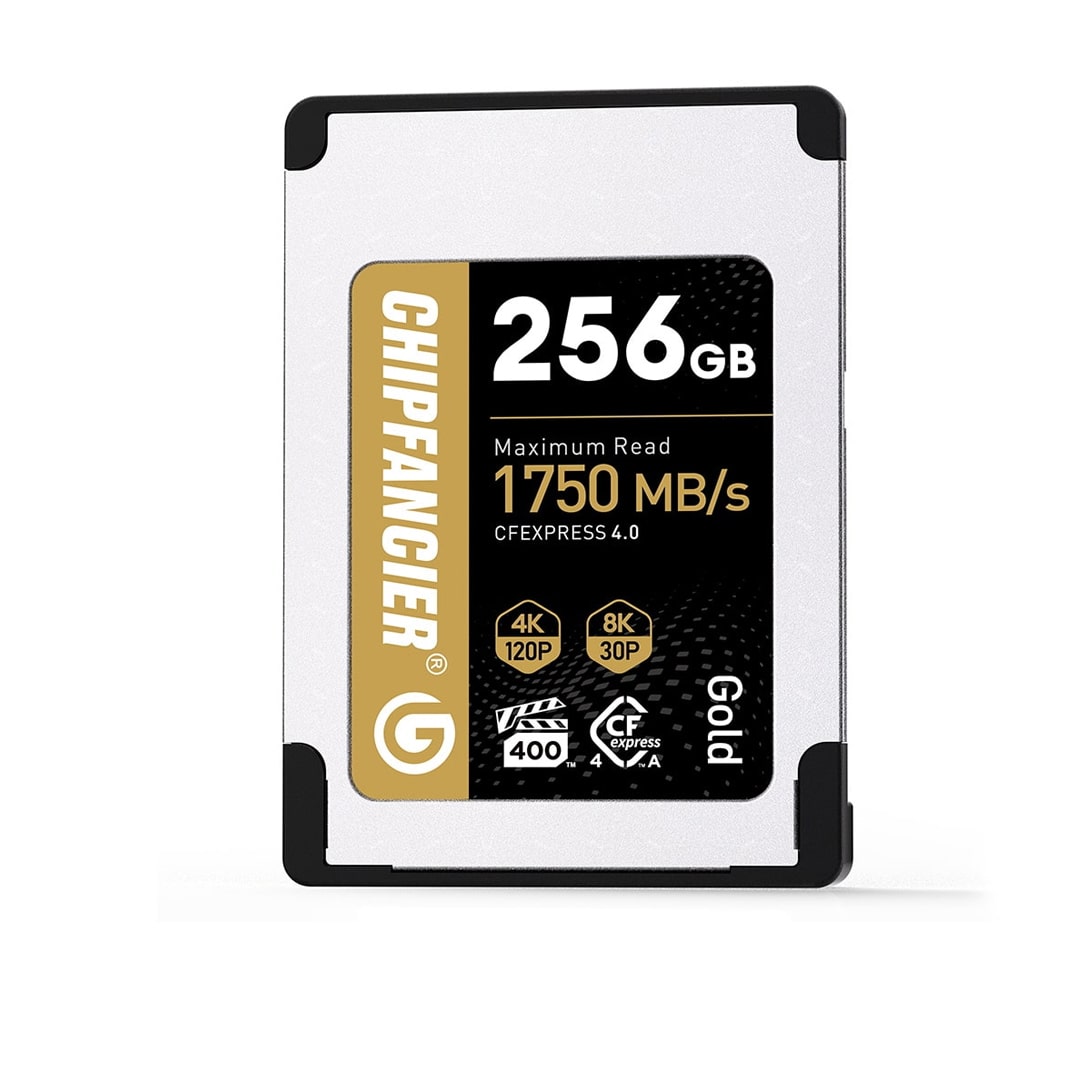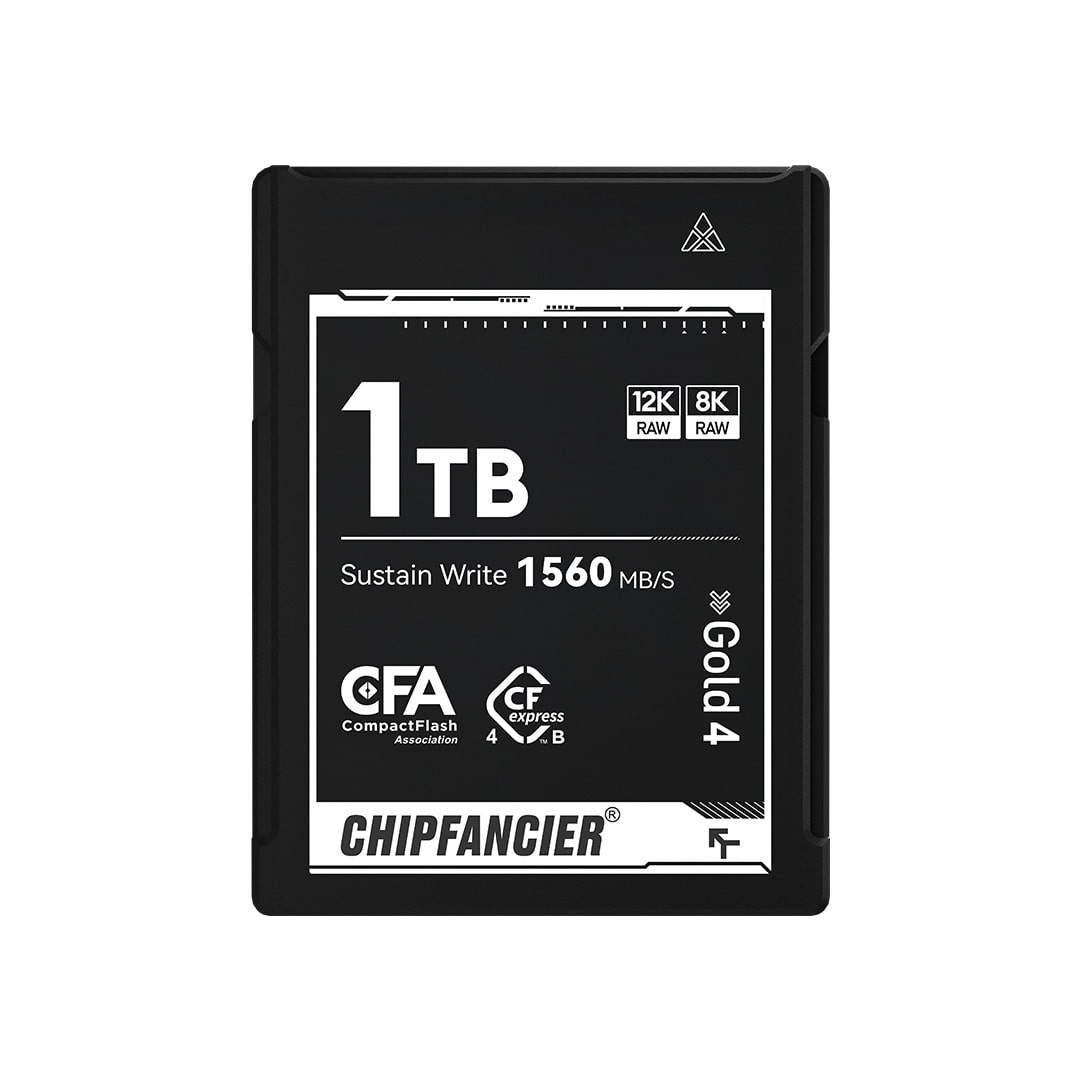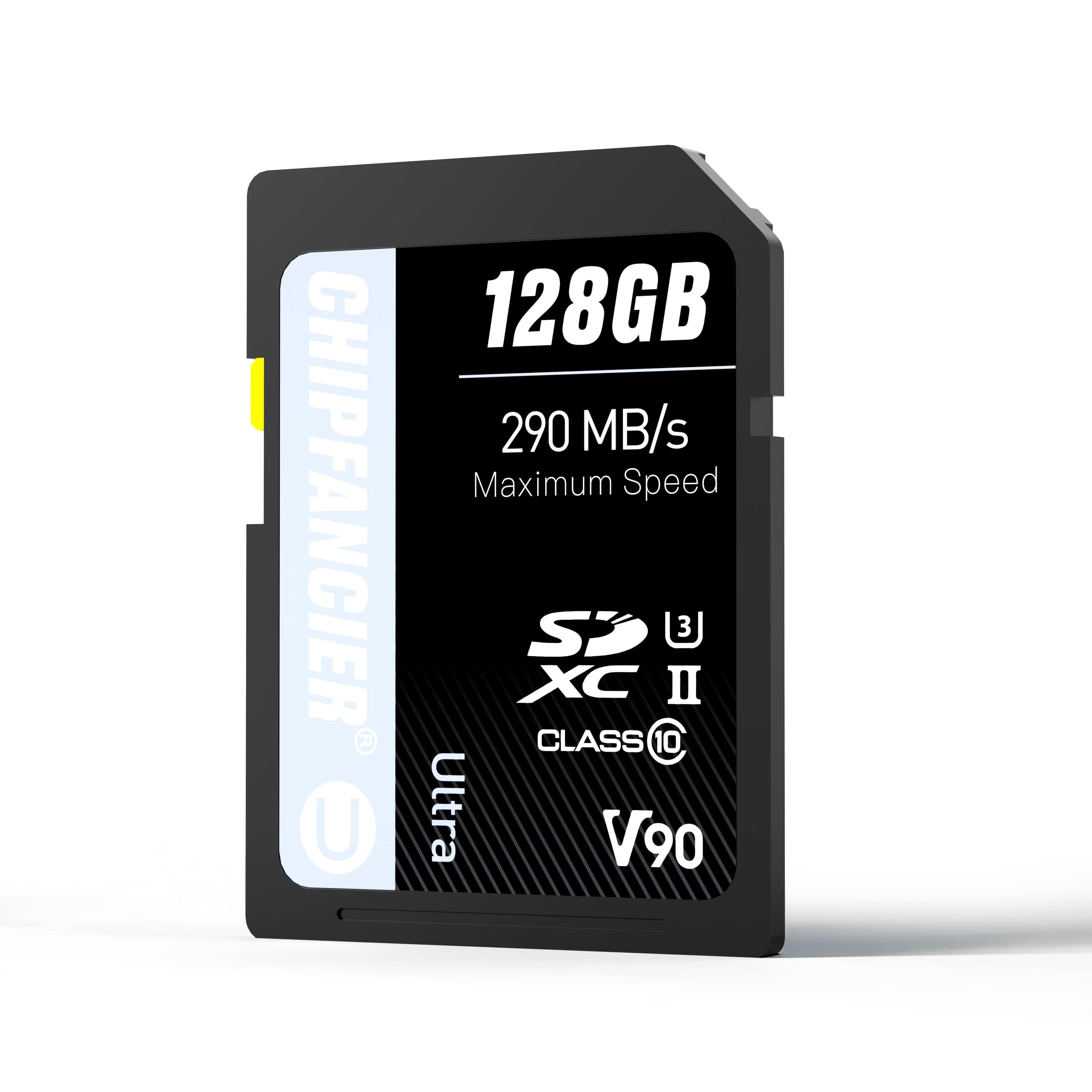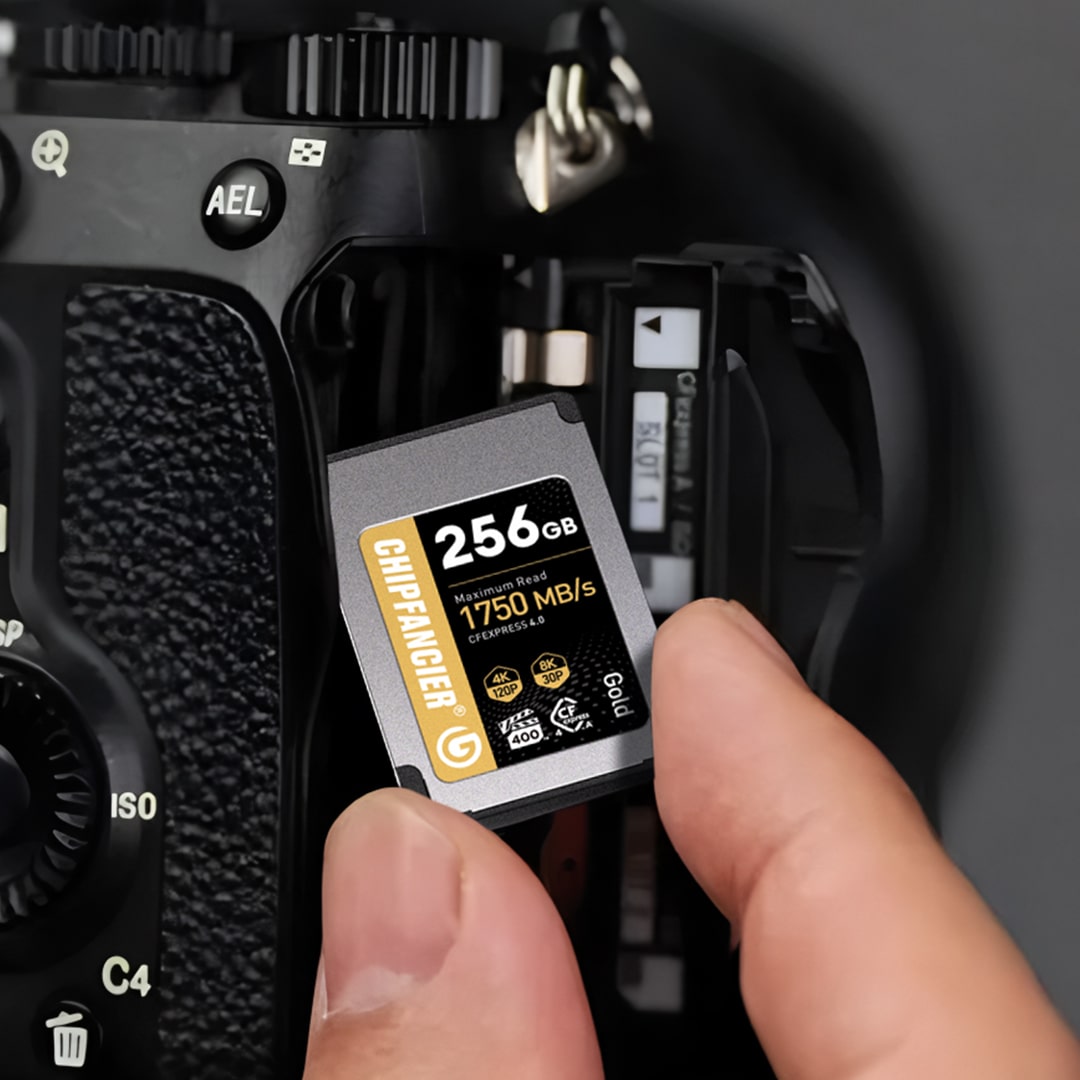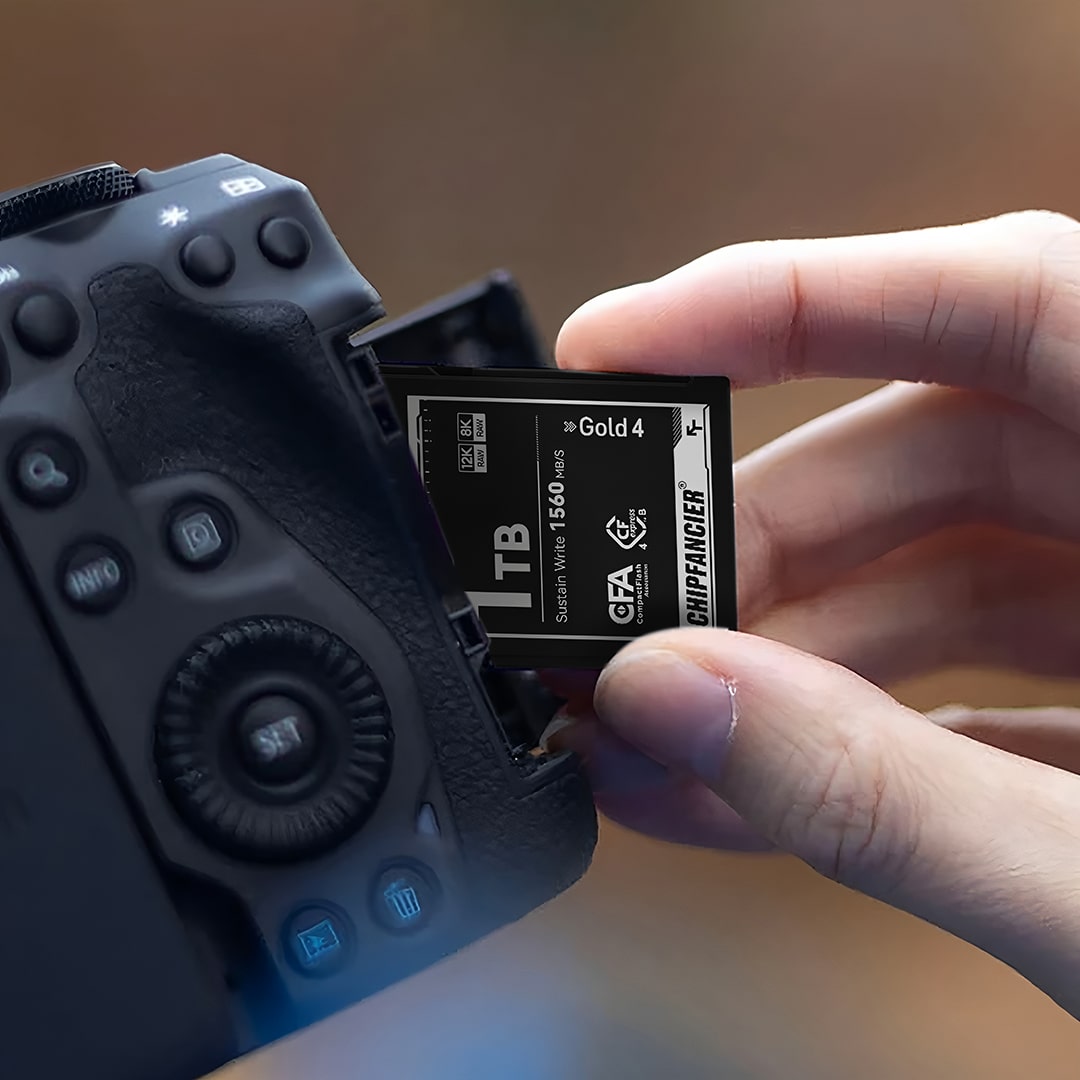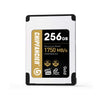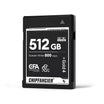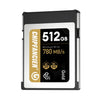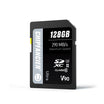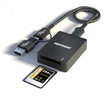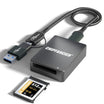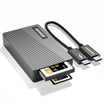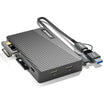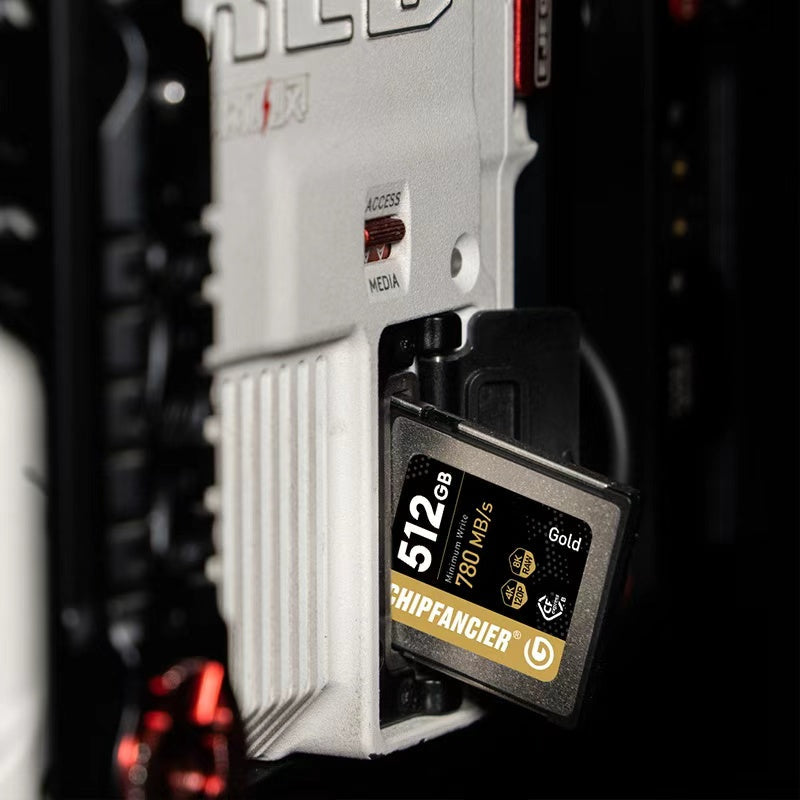If you've ever picked up a camera and felt overwhelmed by all the little icons on the screen or buttons on the body — you're not alone. Modern digital cameras are packed with features, and the icons used to represent them aren’t always self-explanatory, especially if you're just starting out or switching between brands.
In this blog, we’ll walk you through some of the most common camera icons and what they mean. Whether you’re shooting photos or video, understanding these symbols can help you take better control of your gear — and avoid costly mistakes (like accidentally shooting JPEG instead of RAW!).
